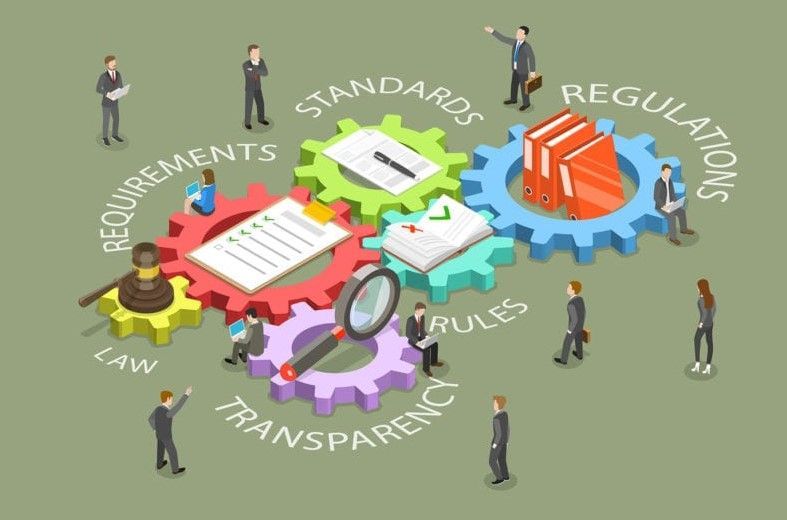Unstick Your Strategy: Free Up Your Emotions
October 15, 2025
Research, analysis, number-crunching, decision trees —these are a few of the traditional components of strategic planning. But we’re just now learning about how powerful a little understood, new-kid-on-the-block component can be.
Why do some strategic issues stick around too long and how can this new kid on the block help to cut them loose? Usually, key executives and managers know what they are, and they know they need to be freed up—to quietly go away or to be directed down a more productive path. But they don’t know just how to “unstick” them using strategy.
That’s a question we are getting more and more from our clients and even prospects. It’s not that they want “strategic plans” as such. They don’t want to change the direction of the ship, just make the ship faster or, at least, more efficient. They are looking for practical help in making important decisions about business issues that are strategic in nature, some of which have been nagging them for some time.
But first: Who is the new kid, exactly? Actually, a component of decision-making that’s always been there but that’s now seen in a new, more productive light: emotions. How often have you heard, “Let’s take emotion out of it”? Well, not necessarily a bad idea, except that emotions will always be part of making decisions, especially significant ones that can impact companies strategically. Taking them out is practically impossible.
Key Point #1 : The various traditional factors of strategy are often said to “drive” decision-making, including the especially obvious emotion of “enthusiasm.” But a new way of looking at emotion may well be more productive. Instead of letting emotion drive decision-making, embrace emotion to increase your understanding of all factors affecting your decisions, especially significant ones. That’s what research by Lisa Feldman Barrett, a distinguished professor of psychology at Northeastern University, has shown. Barrett’s work reveals that emotions act as “shortcuts” to making decisions and are, in effect, “forecasts” of how actions might unfold.*
McKinsey & Company bolsters that point of view.
The firm identified some bold strategic moves** that correlate with success for larger companies. The point, probably for any company, is that a CEO who plays it too safe too often because they’re not emotionally ready to “be bold” won’t be as successful—and neither will their company. “Making one or two bold moves more than doubles the likelihood of rising from the middle quintiles of economic profit to the top quintile,” the firm’s report notes. “Making three or more bold moves makes such a rise six times more likely.”
So, does this mean having “the guts” to make a bold decision also mean throwing caution to the winds? Of course not. It does mean knowing when to move and when not to move, and embracing emotion can help executives know when those times are.
For example, a law firm asked us to facilitate a discussion of partners around the questions of both geographic expansion and practice-area extension. The topics had been on the table for several years without decisions being made. The firm was “stuck” on critical strategic issues. Frustrations, concerns, and emotions were on the verge of going in the wrong direction. By bringing some structure to the decision-making process we were able to facilitate a discussion that led the partners to consensus decisions. Key was helping the group see where they were stuck and why, which did involve emotions.
Key Point #2: Our role was not to provide analysis, technical expertise, due diligence, or to make a recommendation. Our role was to facilitate the decision-making process. And, part of that facilitation was to get emotions out on the table—not as psychologists but as facilitators who guide discussion toward decision by asking the right questions and interpreting the answers. Unsticking some strongly held emotions turned out to be critical to the process.
Key Point #3: Outside facilitation gives top management the opportunity to participate fully in the discussions and allows senior executives to focus exclusively on the matters at hand. Such meetings are too often facilitated by the CEO or other top manager. That’s not nearly so effective because running the meeting and participating in a meaningful way are nearly impossible. In line with the new knowledge of how to embrace emotion in business, outside facilitation allows every participant to identify and use those emotions as part of the decision-making process.
Comment: Business managers often strive to “take the emotion” out of their decision-making. That’s not what we’re talking about here. Instead, we’re talking about accepting that emotion will almost always be involved in any significant decision-making process. The key is to acknowledge that fact as an opportunity to embrace. Understanding how emotion fits in transforms it into another tool in your strategic planning tool bag instead of dangerous pitfall to avoid.
What to do? More and more we are seeing our clients call for a “strategy issues” meeting or retreat where they isolate themselves to address a few, selected issues. One of our clients does it quarterly, another annually. Some do it only as needed.
Each such session is different because the issues, industries, and businesses are different. Each employs a customized plan based on conversations with a company or a firm’s leadership. But, in general, some concepts can help other companies facing similar challenges.
First, unless the session is designed to target a specific issue, it’s critical to gather all of the water-cooler issues floating around the office. One reason companies have a surprising number of unresolved issues is that nobody knows where to start. A good discovery meeting with management and a questionnaire to the appropriate employees shakes out open issues and priorities.
Second comes a facilitation plan for the session. Sometimes, despite such planning, operational issues raise their hands during strategic discussions. There are two ways of addressing operational issues in a strategic context: Decide that no strategic issues will be settled until the operational issues get cleaned up or decide to take up operations problems at a different meeting and return to solving strategic problems.
Finally, it’s critical to assign responsibility during the meeting for implementing the decisions and making them work. Follow-up milestones support accountability and are also important.
We’ve facilitated strategic discussions about a number of issues. Executive team communication, for instance, and assessing and prioritizing “good” ideas.
In one case, competent, well-intentioned managers couldn’t grow the company at the rate the founder had targeted. A book suggested by the CEO, The Five Dysfunctions of a Team (Patrick Lencioni), provided a model—and a mirror—of how high-level teams both fail and succeed.
The key was ferreting out issues, facilitating group self-evaluation, and raising the bar for the future. We were gratified when the founder wrote us: “Thanks to your leadership we had the best and most robust discussion that I have ever seen by this group . . . [and] we accomplished a lot, surpassing my expectations.”
In another case, a company’s 12 senior managers worked effectively together and spent time talking about many good ideas for improving the company. But talk was all they did with these ideas. We were called in to help assess and prioritize the ideas in a two-day strategy session.
Our pre-meeting interviews and surveys revealed some 200 ideas–nearly all worth considering. But which were worth pursuing at that time? The session laid a solid foundation the team used afterward to tackle just three major ideas. The time and energy they used to spend talking now went into doing.
Here are some other strategic issues we’ve facilitated:
- Brainstorming a New Product Line
- Expanding Professional Practice Areas
- Evaluating Domestic vs. Offshore Opportunities
- Developing a Sustainable Competitive Advantage
- Climbing the Ladder in an Existing Vertical Market
- Creating a Process to Sell a Company
- Balancing Work among Separate Offices of a Law Firm.
Do you have an unresolved issue that has been kicked around for a while or a new one you want to build out? Call us at 847-446-0008. We would love to talk with you, regardless of whether you use us to facilitate the process.
_______________________________________________________________________
*As reported by Hamza Mudassier in
Entrepreneur magazine.
** In “The Mindsets and Practices of Excellent CEOs,” October 25, 2019, McKinsey defines “bold” as shifting “at least 30 percent more than the industry median.”
The post Unstick Your Strategy: Free Up Your Emotions appeared first on Productive Strategies, Inc..










